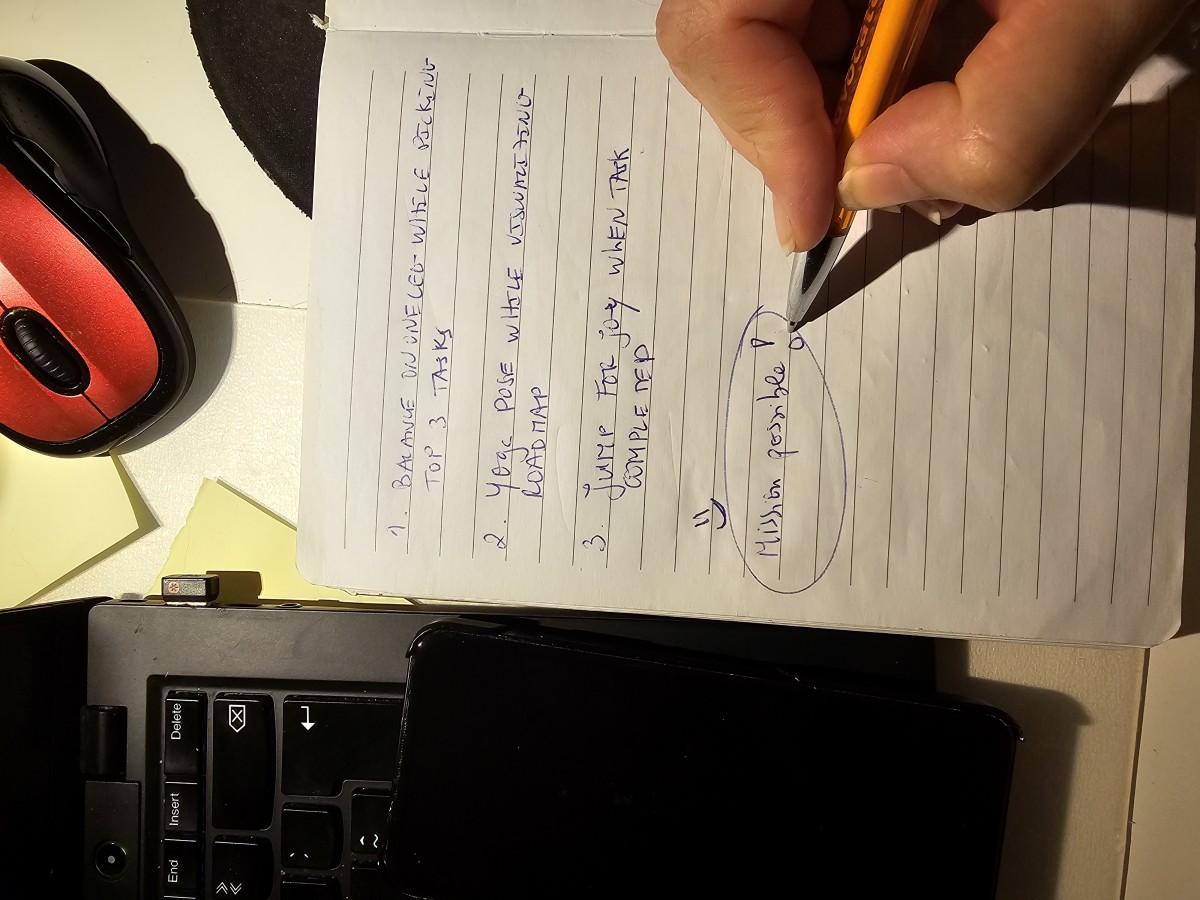Use the Assembly Line Mindset for Maximum Productivity

Among the many experiences (some good, some bad) I have had in my life is the experience of working on an assembly line in a factory. Sure, it can be a monotonous job at times but there are certain things of value the experience has taught me. One of those things of value is how an assembly line approach to other tasks could actually boost productivity.
The assembly line is not a new invention. It has obviously been around for quite a long time. It is what made the industrial revolution itself such a revolution. But when it is applied to other tasks outside of the manufacturing industry, it could really be a great new approach
Using an Assembly Line Approach Outside of a Factory Environment
One of the things I have applied the assembly line approach to was my web development. There have been times where I have either added an entirely new section to a website or added a lot of new content to an existing section. Rather than just doing a little now and then a little later, I would prefer to just knock a lot of it all out at once.
Knocking everything all out at once required a repetitive process. It meant doing a certain task over and over until the work has been completed. This is similar to what an assembly line worker does. The product gets to him or her and that worker does whatever that worker is instructed to do. Then the next piece comes along and the worker repeats the process.
Breaking the Various Tasks Down to Individual Steps
When I would add large sections to my website, it involved a few tasks. I would perform each task separately but would do the tasks repetitively. For example, if I were to add a section to the website that had articles of a certain subject matter, there were a few tasks involved.
Step one would be to compile all of the articles. Originally, I got the articles from websites that offered free web content. So step one was copying and pasting a good number of articles into a single document. This involved locating a relevant article, copying the text and then pasting it into the document. I would do this with about 30 articles or so until they were all completed.
Step two would be to create a template for the pages the articles would be on. Then the text would be cut from the document I created in step one and pasted into a web page created from the template. I would do one after another until that task was completed. Each time I created a new page, I took the title of the article and added it to the main page.
Step three involved making each title listed on the main page into a link that linked to the article page. I would do that until the task of adding all of the articles was completed.
Now notice how I did everything all in phases divided by specific repetitive tasks. The reason is that you get into a certain frame of mind as you do each task. When you do a task over and over again, the task becomes easier and it starts to become second nature. Since it becomes easier and like second nature, you move very quickly through the process. This obviously increases productivity because you get much more done in a shorter period of time.
Develop Set Procedures
Another example is when I create my comic strip for my comic strip series on Punksters.net. Step one is to create a scene and render it in the 3D graphics program called DAZ Studio. Then I import the image into a program called Manga Studio and add the captions. Then I export a .jpg image from there and that is one frame for the comic strip. I repeat that for each frame. I do that for a total of four frames per comic strip.
Step two is to take each of the four frames that I just created and resize them to 360 x 360 pixels and export each as a new image file. Step three is when I take each of the resized frames and put them all into the same image file in Windows Paint. For these various steps, I have developed procedures that I now use regularly.
Noticed how each step involved specific tasks and the tasks were performed for each and every frame until all of the frames were done. This is just your basic assembly line approach used for the creation of a comic strip. It took me a little while to develop the procesures for the comic strip but what once took me a few hours on average now takes me less than an hour on average. This is because I have done it so many times after having developed the processes and various procedures.
Another Example of This Concept in Use
I have done the same thing with my music as well. I do some recording on the computer. I compose the various parts for a number of instruments. In the music program, Cakewalk Music Creator, I am able to write out the notation on a staff and assign it to a specific instrument sound that the computer can play back.
So what I will do is compose the basic tracks like keyboards drums and bass for a number of songs. Then later on, I go back to each song and record the guitar parts. Sometimes I may have to work on the guitar parts a little and I might do a quick mix of each song and practice playing the guitar parts along with them. When I feel rehearsed enough, I will go and record the guitar parts for all of the songs.
The Bottom Line
So, as I have demonstrated, the assembly line approach could be applied to a number of different scenarios. It works to increase productivity in every area in which I have applied it. It's a frame of thought that could be used just about anywhere, in just about any situation.
So, in order to develop a process where you could apply this approach, you need to think about how many steps there are used in a project from beginning to end. Then think of how many times it must be done. If you could divide things up into the various steps, then you could do the steps for multiple items all at once. Just like how I did a single step for multiple web pages all at once. Then I went to the next step for multiple web pages until they were all done. This is how I have managed to create and upload over 4,000 pages onto the Internet. Just from using the assembly line mindset and approach.
© 2017 Bob Craypoe








